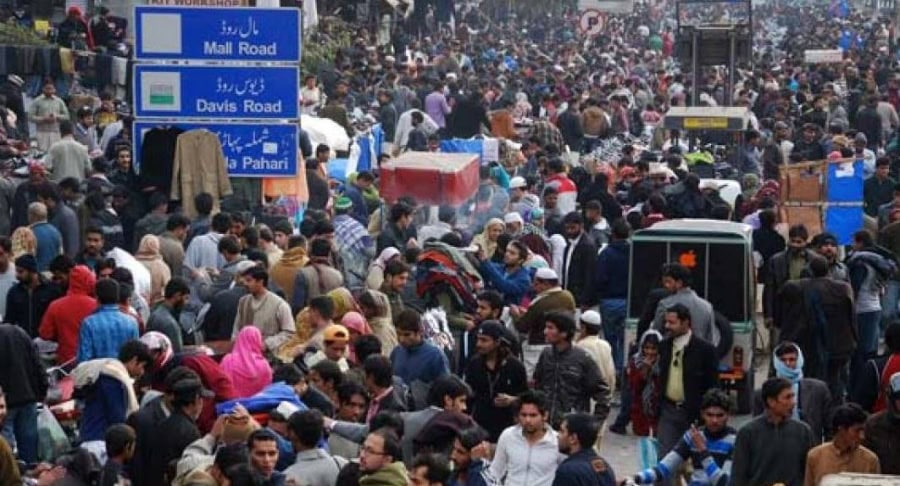Pakistani government has shared results of 2023 census, showing Pakistan’s population at 241.49 million, with the highest growth rate in the region.
Pakistan Bureau of Statistics (PBS) shared findings from 7th Population and Housing Census-2023. The total population stands at 241.49 million, with males making up 51.48percent and females 48.51 percent, resulting in a gender ratio of 106.12 males per 100 females.
The average family size is 6.30 people, and Islam is the predominant religion, followed by 96% of the population.
Pakistan Census 2023 Results
| Category | Details |
| Total Population | 241.49 million |
| Gender Distribution | – Males: 51.48% (Gender ratio: 106.12) Females: 48.51% |
| Average Family Members | 6.30 |
| Dominant Religion | Islam (96%) |
| Age Distribution | Under 5 years: 36.47 million
Under 15 years: 97.53 million Between 15 to 29 years: 62.58 million Below 40 years: 190.27 million |
| Literacy Rate | 61% |
| Population Growth Rate | 2.55% |
| Population Projection | Population to double by 2050 with current growth rate |
In terms of age distribution, the census reveals 36.47 million individuals under five years old, 97.53 million under 15, and 62.58 million aged 15 to 29, with 190.27 million below 40 years old. About 61% of Pakistanis aged ten and above are literate.
The current population growth rate is 2.55%, the highest in the region, which could lead to the population doubling by 2050 if it continues. This growth is impacting per capita income and living standards negatively, highlighting the necessity for an effective population control strategy to better manage resources and foster economic development.
At the launch ceremony in Islamabad, Ahsan Iqbal emphasized the transparency achieved through Pakistan’s inaugural digital census, commending PBS, SUPARCO, security forces, and field staff for their roles in its successful implementation.
Census data also informs policy-making, economic planning, and social research by revealing trends and disparities within the population. It plays a key role in ensuring fair political representation and aids in emergency preparedness by providing insights into population dynamics during crises. Overall, the census is fundamental for governance, development planning, economic strategy, social analysis, equitable representation, and emergency response.










